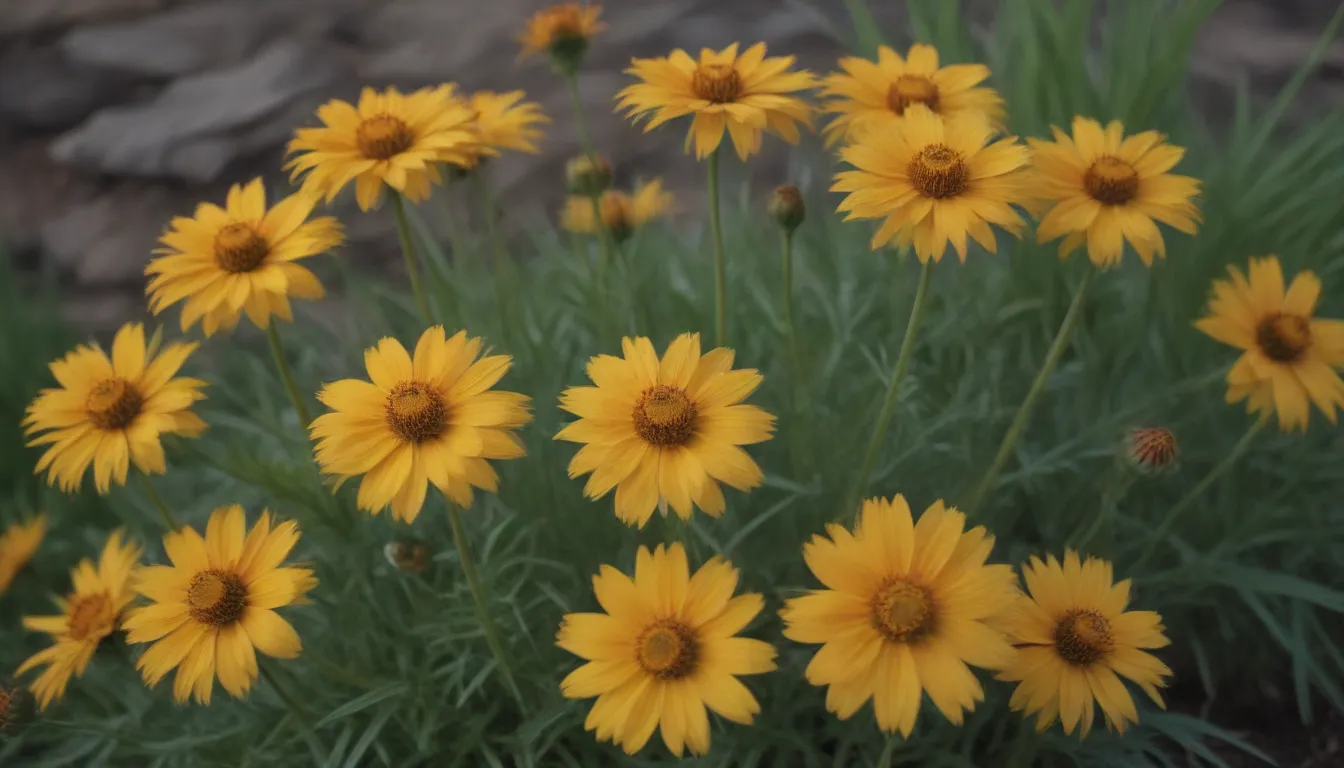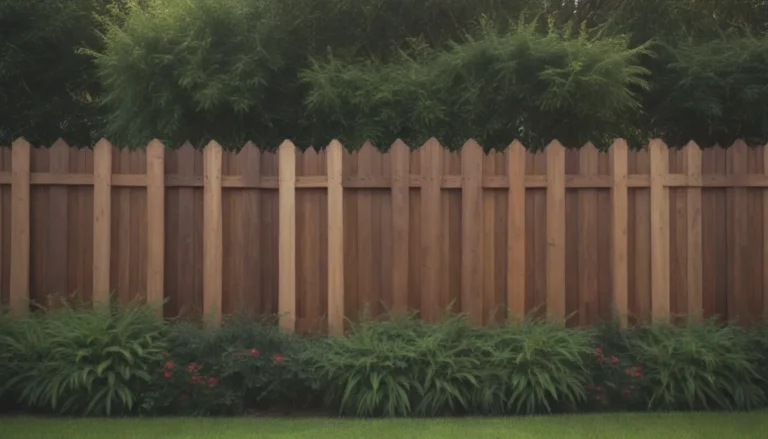Everything You Need to Know about Growing and Caring for Coreopsis (Tickseed)

If you’re on the lookout for a beautiful, low-maintenance flower that can withstand drought, bloom for a long time, and add charm to your garden, then coreopsis plants are the perfect choice for you. With over 80 varieties to choose from, there’s a coreopsis plant for every garden design out there. These lovely daisy-like flowers may not have a strong scent, but their foliage emits a pleasant anise-like aroma. Native to North America, coreopsis plants grow in upright clumps and bloom throughout the summer, attracting bees, butterflies, and other wildlife.
Getting to Know Coreopsis
The foliage of coreopsis can vary from large green leaves to narrower greenery, adding diversity to your garden. Commonly referred to as tickseed due to their round seeds resembling ticks, these plants are a favorite snack for birds and wildlife during the fall and winter months. Depending on the variety, coreopsis plants have moderate growth rates and are best planted in the spring, after the threat of frost has passed.
Perennial varieties of coreopsis thrive in USDA zones 2 through 8, dying back after the frost and coming back in full force come spring. In colder zones, a layer of mulch can provide protection for the underground roots. On the other hand, annual varieties will start blooming in early summer and continue to bloom periodically throughout the fall season.
Coreopsis Care Tips
Overall, coreopsis plants are quite easy to care for as long as they are planted in their preferred environment. Here are a few tips to help you grow and care for your coreopsis plants effectively:
Light
Coreopsis plants thrive in full sun, so make sure they get at least 6 to 8 hours of direct sunlight each day. While they can tolerate partial sun, full sun will ensure that they bloom profusely. In hotter climates, some afternoon shade can help protect the plants.
Soil
Well-draining, loamy, or sandy soil with a neutral pH is best for coreopsis plants. While they are not too picky about soil quality, heavy, wet clay soils may need amending with compost to improve drainage.
Water
Newly planted coreopsis will need regular watering to establish themselves, but once they are established, they are drought-tolerant. Water deeply when the soil is dry, about an inch down. Early morning watering is ideal to allow the leaves to dry out during the day.
Temperature and Humidity
Coreopsis plants prefer warm temperatures between 70 and 80 degrees Fahrenheit during the day and 50 and 60 degrees Fahrenheit at night. High humidity levels are generally not an issue for these plants, as long as there is good air circulation and proper watering.
Fertilizer
Coreopsis plants do not usually require fertilizer unless the soil is very poor. Adding compost to the soil in the spring can provide a nutritional boost for your plants.
Types of Coreopsis
There are numerous species and varieties of coreopsis to choose from, each offering unique characteristics and appearances. Some popular ones include:
- **Coreopsis grandiflora ‘Early Sunrise’
- **Coreopsis grandiflora ‘Golden Showers’
- **Coreopsis verticillata ‘Moonbeam’
- **Coreopsis rosea ‘Nana’
How to Propagate Coreopsis
While coreopsis plants are resilient, they tend to have a lifespan of about three to five years. Decreased flowering is a sign that it’s time to divide the plants or propagate new ones from seed. The best time to divide your plants is in the spring or early fall.
Growing Coreopsis From Seed
Many coreopsis varieties can be grown from seed, either indoors or directly in your garden. Start seeds indoors six to eight weeks before the last frost date or sow them directly in the ground after the last frost. Once seedlings emerge, provide them with ample sunlight and keep the soil lightly moist.
Potting and Repotting Coreopsis
Coreopsis can also be grown in containers, but they require well-draining soil and adequate drainage holes. Repotting may be necessary every few years if the roots outgrow the container.
Overwintering Coreopsis
While coreopsis are hardy plants, it’s a good idea to ensure they receive regular water up until the first frost. You can insulate the roots with a layer of mulch during the winter months.
Common Pests & Plant Diseases
Coreopsis plants are generally trouble-free, but they may attract pests like snails, slugs, and fungal diseases in wet conditions. Improve air circulation around the plants to prevent these issues.
Getting Your Coreopsis to Bloom
Ensuring your coreopsis plants receive ample sunlight and not over-fertilizing them are key factors in promoting blooming. Deadheading spent blooms can also encourage the plant to produce more buds and flowers.
Common Problems With Coreopsis
Yellowing leaves are often a sign of overwatering or nutrient deficiencies, while sunburned leaves can occur if the plant is not acclimated to direct sunlight. Proper care and attention to environmental factors can help prevent these issues.
In conclusion, coreopsis plants are a delightful addition to any garden, offering beautiful blooms and low-maintenance care. By following these tips and guidelines, you can enjoy a vibrant and thriving coreopsis garden that will bring joy and beauty to your outdoor space. Happy gardening!





